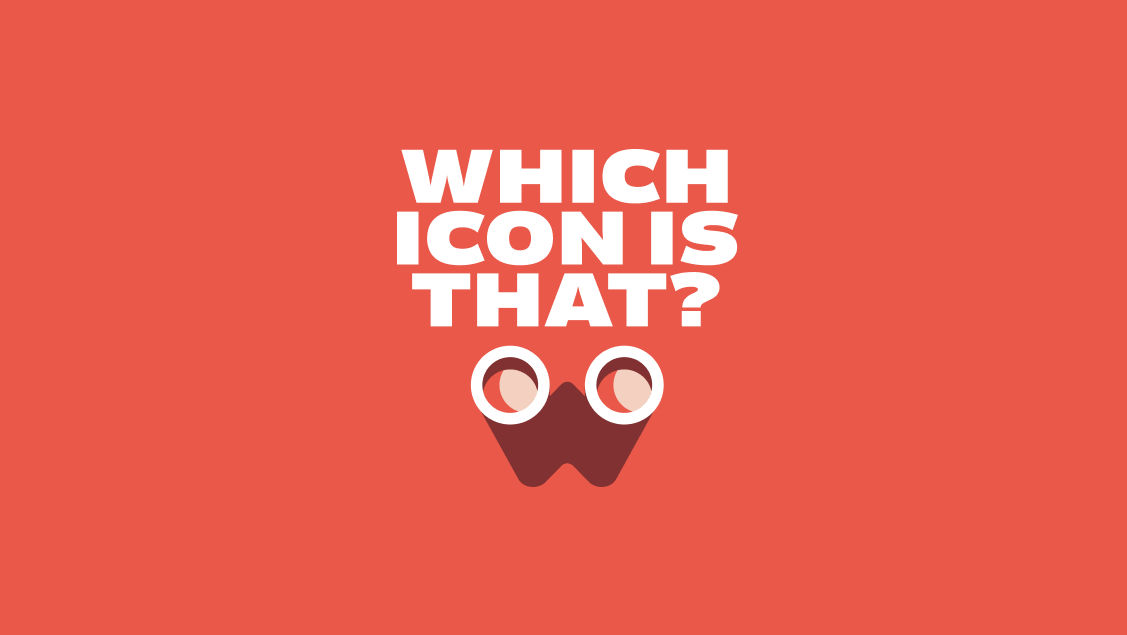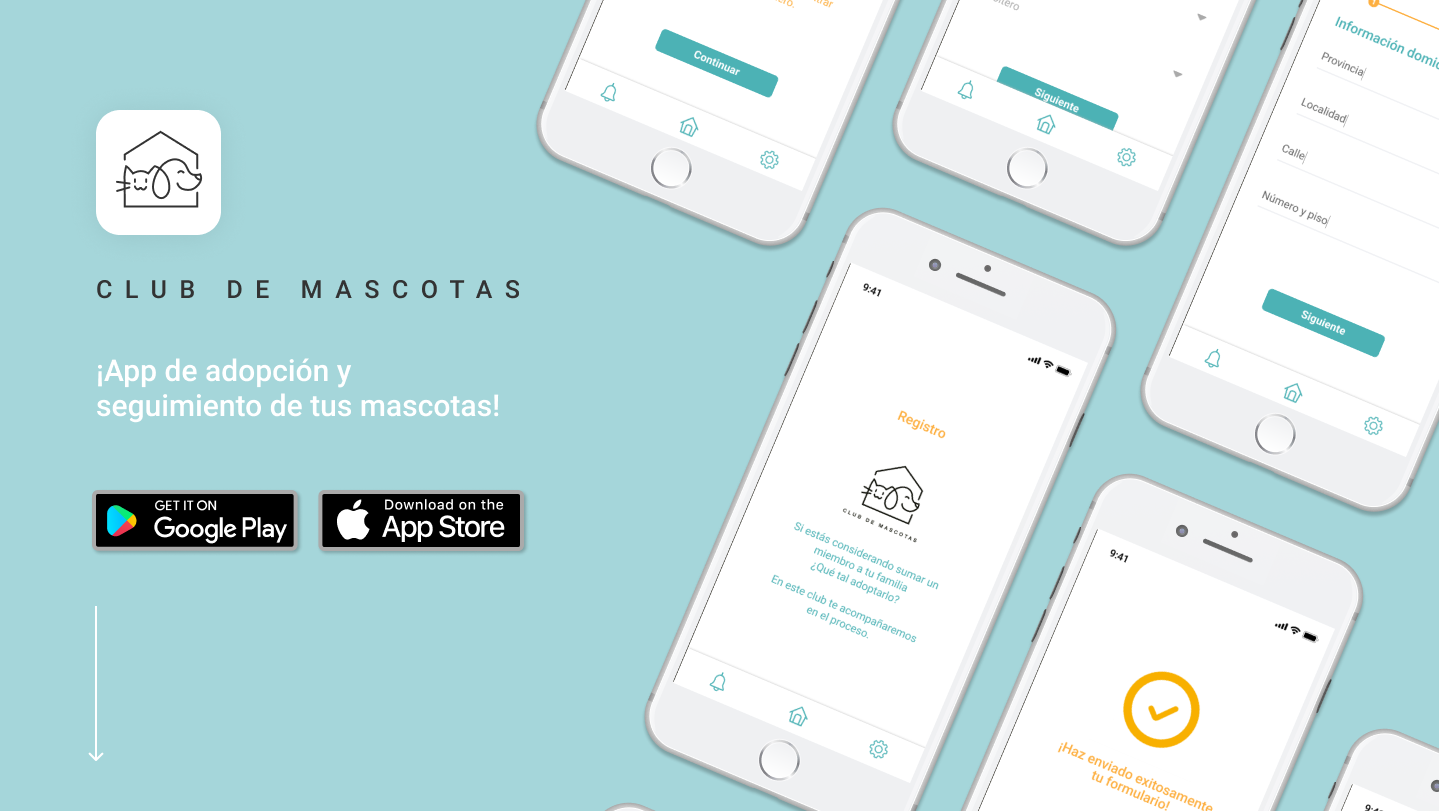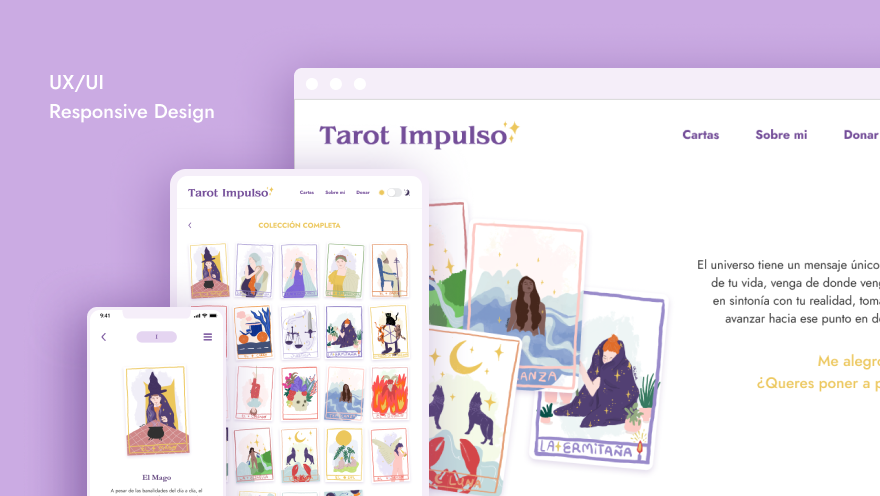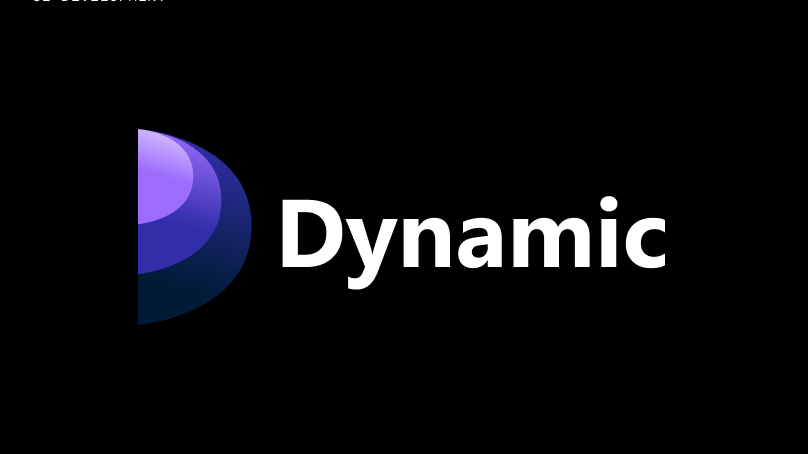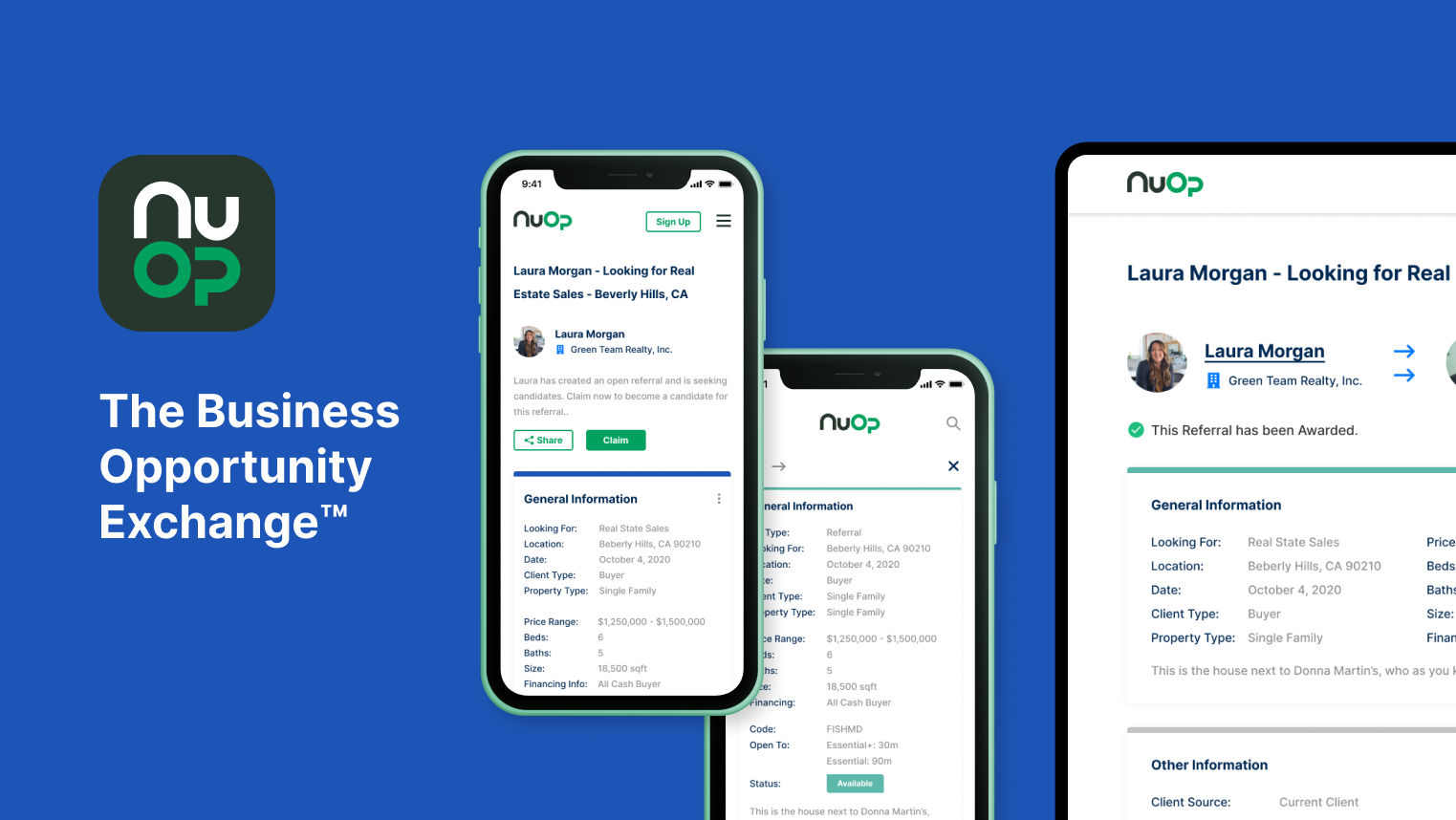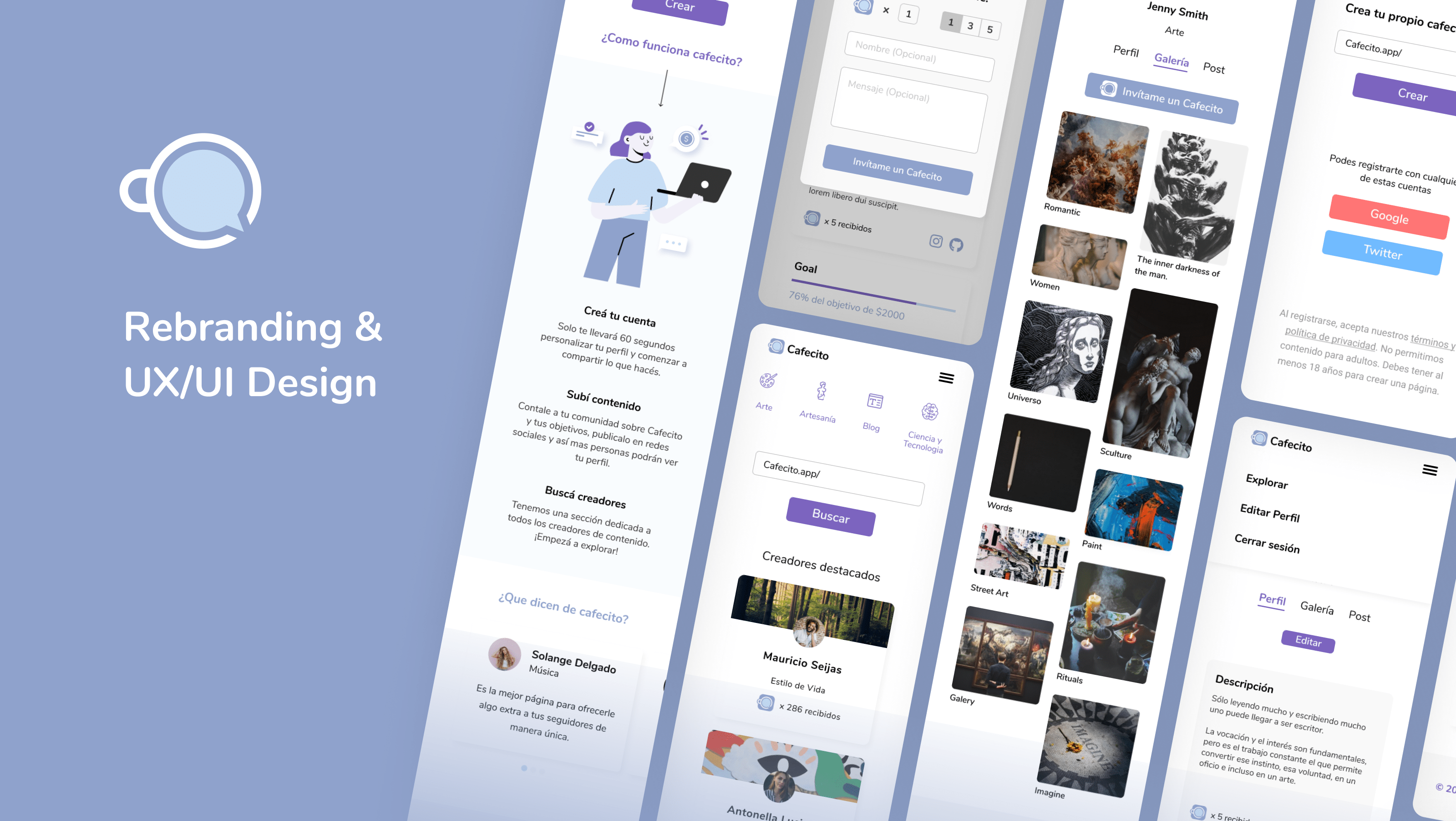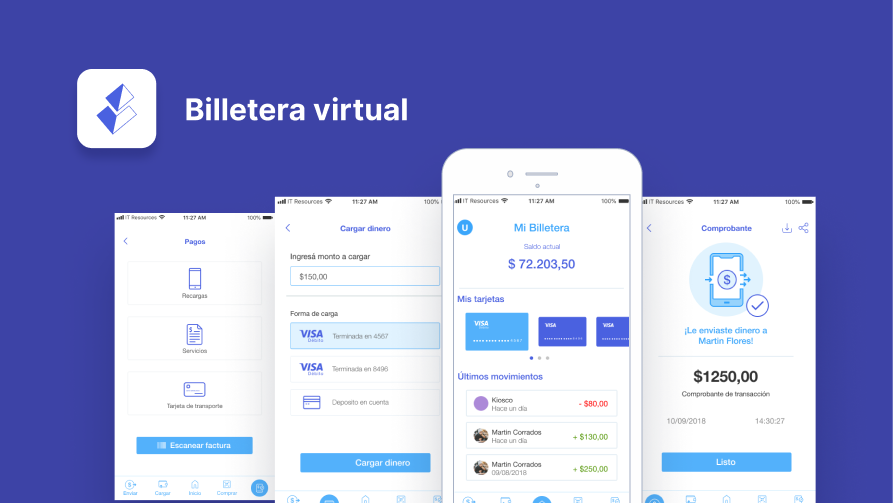Managing payroll in large companies can be complex and time-consuming. We aimed to transform an outdated payroll system into an intuitive, efficient, and scalable tool by improving usability, streamlining processes, and ensuring a consistent design.
The challenge
We needed to simplify a complex payroll system while keeping it familiar for users and working within technical limitations. The challenge was to balance usability improvements with functionality, ensuring a smooth transition. Users struggled with navigating the system, making quick edits, and interpreting payroll data. Our challenge was to simplify these processes while ensuring continuity.
To tackle this, we focused on key workflows, and what was feasible for development. We worked in cycles sharing ideas with stakeholders, collecting feedback, and refining our designs. Close collaboration with developers helped us uncover gaps, improve flows, and enhance the overall experience.
Research & Collaboration
To create a user-friendly solution, we worked closely with UX Research and UX Writing teams. We interviewed users, identified pain points, and used these insights to shape our designs. Each module was carefully designed to ensure consistency across the platform, with regular feedback loops to align with business needs.
To create a user-friendly solution, we worked closely with UX Research and UX Writing teams. We interviewed users, identified pain points, and used these insights to shape our designs. Each module was carefully designed to ensure consistency across the platform, with regular feedback loops to align with business needs.
Managing Complexity & Priorities
With many screens and features to redesign, we prioritized based on client needs. Partnering with the development team helped us identify gaps and refine user flows. Regular iterations and open communication ensured we stayed on track.
Why Data Visualization Matters in Payroll
Data visualization is the process of transforming numerical and statistical information into graphical representations, such as charts, tables, heatmaps, or interactive dashboards.
In the field of Human Resources (HR), and the project we were involved in, Payroll management involves handling vast amounts of data related to salaries, taxes, deductions, and benefits. Effective data visualization plays a crucial role in making these complex datasets more accessible. By converting quantitative and analytical data into graphical formats, we improved clarity and efficiency for HR professionals and employees alike.
Impact & Next Steps
This redesign made payroll processing more efficient and user-friendly. While the project is ongoing, stakeholder feedback has been positive, and the team continues refining the platform.
Conclusion
Simplifying complex enterprise tools demands a user-centered approach and strong teamwork. This project reinforced the power of teamwork and the impact of thoughtful design. Led by Maria Laura Ponti and Deandra Delgado, UX designers at LenioLabs, and guided by the client’s UX Lead, we transformed a rigid payroll system into an intuitive and scalable solution. Through research, collaboration, and iterative design, we created a tool that prioritizes usability and efficiency.
While still ongoing, we’re proud of the progress made and excited to see how our work continues to evolve, improving the experience for users and organizations alike.
Have you worked on a similar project? What challenges did you face?
Let’s chat about designing for complex experiences. If you found this helpful, share it!
Have you worked on a similar project? What challenges did you face?
Let’s chat about designing for complex experiences. If you found this helpful, share it!
THANKS!

